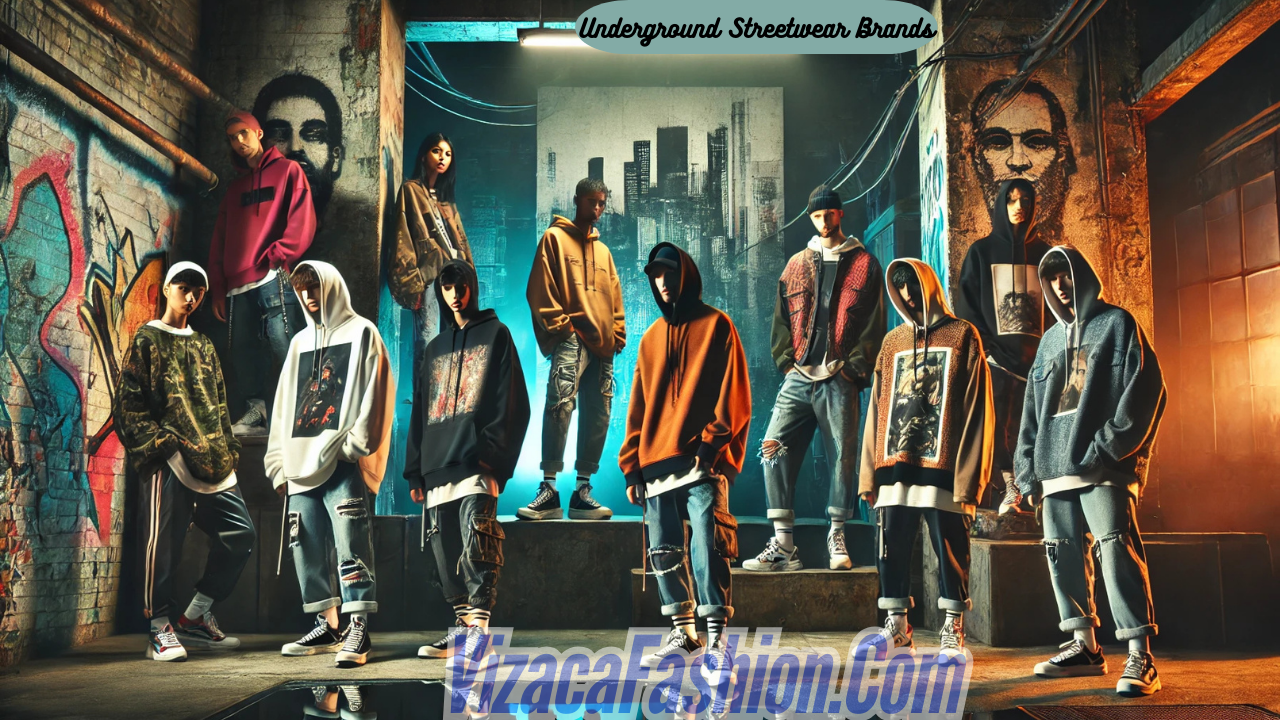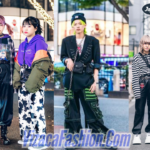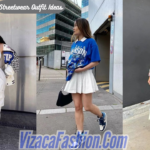Underground streetwear brands have always carried an allure, representing a defiant undercurrent in the world of fashion. Unlike their mainstream counterparts, these brands thrive in the shadows—eschewing glossy campaigns and corporate logos for raw creativity and authentic connection to subculture communities. They embody rebellion, originality, and a devotion to personal expression that many larger brands struggle to replicate. In this article, we’ll explore what defines underground streetwear, delve into its unique appeal, and spotlight the characteristics that set it apart in the crowded world of fashion.
What Makes a Brand “Underground”?
An underground streetwear brand is defined not just by its size or obscurity but by its approach to design, production, and distribution. These brands often operate outside the traditional retail systems. Instead of selling through large department stores or well-known online platforms, they rely on small boutiques, pop-up events, and direct-to-consumer drops. This limited availability contributes to their mystique and exclusivity.
The underground nature also extends to their marketing—or lack thereof. Social media may be their primary tool, but their presence is typically organic and understated. Rather than flooding platforms with ads, they cultivate a following by engaging with local scenes, supporting grassroots events, and staying connected to their communities.
The Appeal of Underground Streetwear
What draws people to underground streetwear brands is the sense of authenticity and individuality. In a fashion world dominated by mass production, these brands offer something refreshingly different. Each piece often tells a story—about the designer’s roots, the culture they’re immersed in, or the statement they’re trying to make. This connection to the community and the creative process itself resonates deeply with their audience.
In addition, underground streetwear is a canvas for experimentation. Designers are not beholden to investors or corporate trends, which gives them the freedom to push boundaries. Whether it’s unconventional patterns, hand-stitched details, or provocative slogans, their creations often feel more like wearable art than just clothing. For the consumer, wearing underground streetwear is a way of signaling a deeper understanding and appreciation of culture, design, and individuality.
Emerging Trends in Underground Streetwear
In recent years, several trends have defined the underground streetwear scene. One of the most prominent is a return to craftsmanship and quality. As fast fashion’s environmental and ethical pitfalls become more apparent, consumers are gravitating toward smaller brands that prioritize sustainability. Many underground labels are championing slow fashion by producing limited runs, using eco-friendly materials, and emphasizing long-lasting construction.
Another notable trend is the merging of streetwear with other subcultures, from skateboarding and graffiti to underground music scenes. This fusion not only broadens the appeal of the brand but also keeps the designs fresh and culturally relevant. By tapping into these diverse influences, underground streetwear brands remain at the cutting edge of style and community.
The Role of Storytelling
Storytelling is a cornerstone of many underground streetwear brands. Designers often draw inspiration from their personal experiences, local histories, or cultural movements. By weaving these narratives into their collections, they create a product that’s more than just clothing—it’s a conversation starter. For example, a shirt might feature hand-drawn illustrations inspired by a neighborhood mural, or a jacket could include text from a protest chant. These details give each item a deeper meaning, making it a cherished piece rather than a disposable fashion trend.
Why the Underground Stays Underground
The decision to remain “underground” is often deliberate. By keeping their operations small and selective, these brands maintain control over their creative direction. They’re not swayed by seasonal trends or market demands, allowing them to focus on authenticity and artistic vision.
This limited availability also reinforces the brand’s exclusivity. Owning a piece from an underground streetwear label feels special, like being part of a secret club. The scarcity and unique design speak volumes about the wearer’s taste and values, elevating the brand’s status without the need for mass-market appeal.
Underground Streetwear and Its Future
Looking ahead, underground streetwear brands are likely to play an increasingly important role in shaping the broader fashion landscape. As consumer preferences continue to shift towards authenticity, sustainability, and individuality, these smaller labels are well-positioned to lead the charge. They’re not just creating clothing; they’re influencing how people think about fashion, identity, and culture.
Moreover, as technology evolves, the definition of “underground” might expand. Virtual drops, NFTs tied to apparel, and digital collaborations are emerging as ways for these brands to maintain their underground ethos while reaching a global audience. This innovation ensures that underground streetwear will remain a dynamic and exciting force in the fashion world.
Underground streetwear brands occupy a unique space in the fashion ecosystem. By prioritizing authenticity, sustainability, and creativity, they offer an alternative to the mass-produced clothing of mainstream retailers. Their commitment to storytelling, cultural connection, and quality craftsmanship sets them apart, resonating deeply with consumers who crave something different. As the fashion world continues to evolve, underground streetwear brands stand as a testament to the power of staying true to one’s roots and values.


